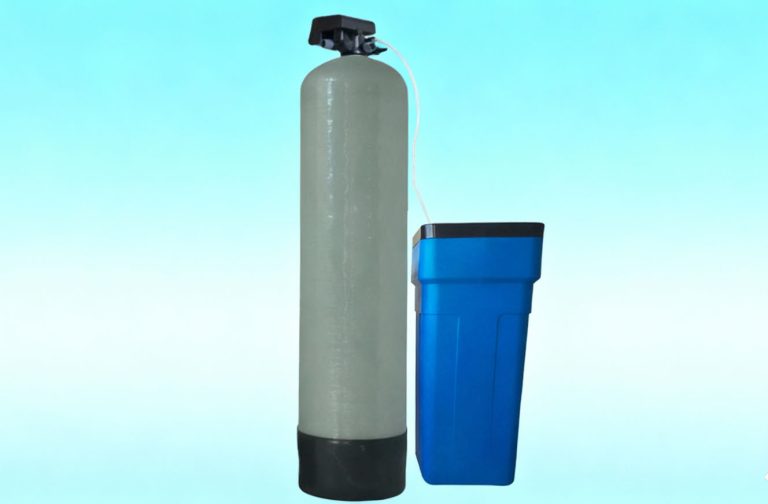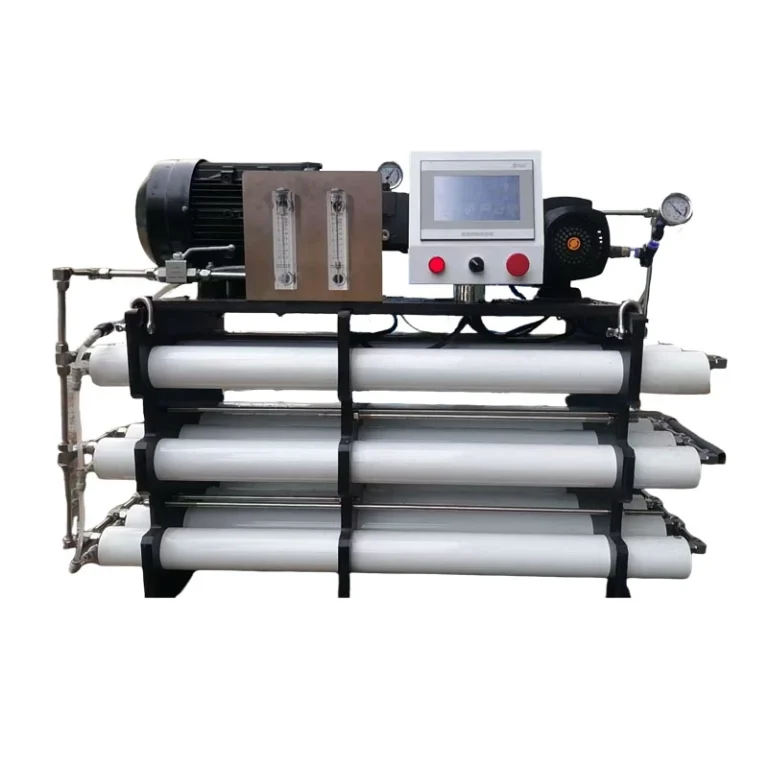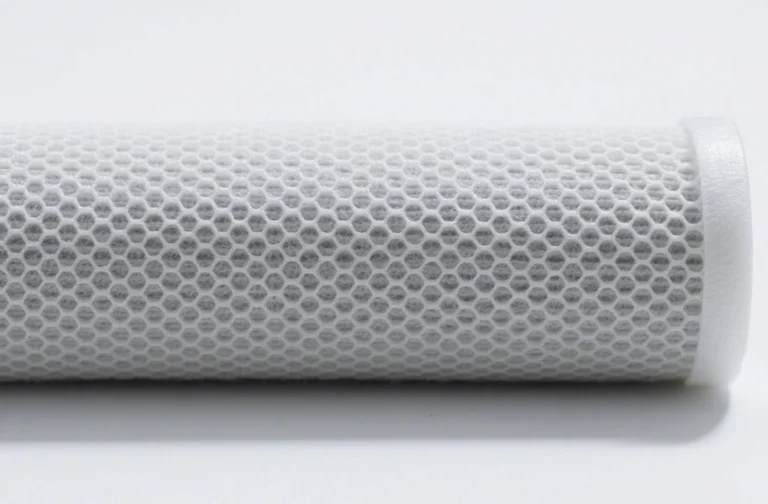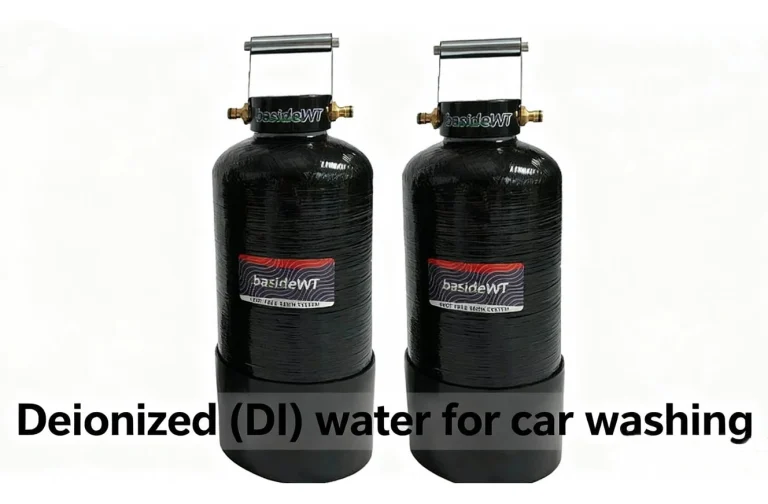BasideWT- Whole Home Water Filtration System & Replacement

How Long Does Pur Water Filter Last?
Clean, safe, and great-tasting water is a cornerstone of a healthy home. If you own a PUR water filtration system, you’ve taken a significant step towards achieving this. But a common question lingers in the minds of many users: how long does a PUR water filter last? The answer isn’t always a simple number of months. Think of your water filter like a car’s air filter. It works hard, trapping contaminants and sediments. Over time, it simply gets full. Using it beyond its capacity can be counterproductive. This comprehensive guide from BasideWT will not only answer that core question but will dive deep into the science, the signs, and the strategies to ensure you always get the best water possible. We will explore the factors that dictate its longevity. We will also provide clear, actionable tips for maintenance. Understanding this is key to your health and your wallet.
The Standard Answer: How Long Does a PUR Water Filter Last Officially?
Let’s start with the baseline provided by the manufacturer. PUR offers a variety of filter models. Each is designed for specific systems and usage patterns. Therefore, the lifespan can vary.
- PUR Faucet-Mounted Filters: These popular models are typically certified to last for 100 gallons of water. Alternatively, they are designed for approximately three months of use for an average family. This is the most common timeframe you will encounter.
- PUR Pitcher and Dispenser Filters: Models like the Classic or the Advanced are also generally rated for a 2-month or 40-gallon lifespan. However, this can change based on your household’s consumption.
- PUR Advanced Faucet Filters: Some advanced versions boast a longer lifespan. They can sometimes filter up to 200 gallons. This extends the usage time to about six months.
Therefore, the direct answer to “how long does a PUR water filter last?” is usually between two to three months, or 100 gallons. However, it is crucial to note that these figures are estimates based on “average” water quality and consumption. Your actual experience may differ significantly.
Going Beyond the Calendar: Key Factors That Determine Actual Filter Longevity
Relying solely on the calendar is one of the biggest mistakes filter users make. Your filter doesn’t know what month it is. It only knows how much contamination it has processed. Several critical factors directly impact your filter’s true lifespan.
Your Water Quality and Contaminant Level
This is, without a doubt, the most significant variable. Think of it this way: filtering heavily sediment-laden water is like running a marathon. Filtering relatively clean water is a light jog. If your incoming water has high levels of chlorine, lead, or particulates, the filter’s media will saturate much faster. The filter has to work harder from the first drop. Therefore, homes with well water or municipally supplied water with a pronounced chemical taste will likely need more frequent filter changes.
Your Household’s Water Consumption Volume
How much water does your family actually use? A single person will take much longer to reach that 100-gallon limit than a family of five. The gallon rating is often a more reliable metric than the time-based one. Do you cook with filtered water? Do you fill multiple pet bowls? All these activities add up. They directly accelerate the exhaustion of your filter’s capacity.
The Specific PUR Filter Model You Use
Not all PUR filters are created equal. The company has developed different technologies over the years. For instance, a standard filter might have a shorter life than a “long-lasting” model designed for higher capacity. Always check the packaging or product description for your specific model’s certified gallonage. This provides a more personalized benchmark than a generic three-month rule.
Fluctuations in Water Pressure
This is a less obvious but important factor. Exceptionally high water pressure can force water through the filter matrix too quickly. This reduces the contact time between the water and the filtering media. As a result, contaminant removal can be less effective. It can also cause premature wear on the filter’s internal structure.
Recognizing the Signs: When to Change Your PUR Filter Before the Timer Dings
Your PUR filter (and your water) will give you clear signals when it’s time for a replacement. Ignoring these signs means you might be drinking unfiltered water.
- Slowed Water Flow: This is the most common and obvious sign. If water trickles from your faucet filter or takes forever to fill your pitcher, the filter is likely clogged with trapped particles. Its job is done.
- Change in Water Taste or Odor: Notice a return of a chlorine taste or a musty smell? The activated carbon in the filter has become saturated. It can no longer absorb the chemicals that affect taste and odor. Your nose and tongue are excellent detectors.
- The Filter Indicator Light: Most modern PUR faucet systems and some pitchers feature a electronic monitoring system. This smart indicator tracks either time or water volume. It provides a visual (and often audible) alert when it’s time to change the filter. It’s a fantastic tool, but it should be used in conjunction with your own observations.
- Visual Inspection of the Filter: If you can see the filter, take a look. A brand-new filter is typically a clean, dark grey or black. An old, exhausted filter may look discolored, gritty, or even have a slimy film. Interestingly, for pitcher filters, you might see a visible increase in the time it takes for water to pass through the cartridge.
The Consequences of an Overused Filter: More Than Just Bad Taste
What happens if you push your filter well beyond its recommended lifespan? The drawbacks extend far beyond unpleasant-tasting water.
The Risk of Contaminant Slip
A fully saturated filter can no longer effectively trap harmful contaminants. In fact, in some cases, it can begin to release the trapped pollutants back into your water. This phenomenon, known as “slip” or “dumping,” means you could be consuming higher levels of impurities than if you had no filter at all. The filter becomes a source of contamination rather than a barrier against it.
Bacterial Growth and Biofilm
Water is life, and a wet, nutrient-rich filter cartridge is an ideal breeding ground for bacteria. Over time, bacteria can colonize the filter, forming a slimy layer called biofilm. While the filter may still remove some chemicals, it could be adding bacteria to your water. This is a particular concern for immunocompromised individuals.
The Strain on Your Appliance
For faucet-mounted systems, a clogged filter forces the water pump and seals to work under higher pressure. This can lead to leaks, reduced water pressure throughout your faucet, and ultimately, premature failure of the entire filtration unit. Replacing a filter is cheap. Replacing the whole system is not.
Pro Tips from BasideWT: How to Extend Your PUR Filter’s Effective Life
You can’t change your water quality, but you can adopt habits that help your filter work efficiently for its entire intended lifespan.
- Always Flush New Filters: When you install a new filter, always run water through it for a few minutes as per the manufacturer’s instructions. This cleanses the carbon fines and prepares the media for optimal performance.
- Use Cold Water: PUR filters are designed to work with cold water. Hot water can damage the filtering media. It can also promote bacterial growth inside the cartridge.
- Maintain Consistent Use: Filters that are used regularly tend to perform better than those that sit idle for long periods. Stagnant water inside a filter can become a bacterial playground.
- Keep Your Pitcher Clean: If you use a pitcher, regularly wash the reservoir with warm, soapy water. This prevents external bacteria and mold from contaminating the clean, filtered water.
SEND US AN EMAILFeel free to send us an email and we will reply to you as soon as possible.
CONTACT INFOWe are looking forward to hearing from you!
-
TEL: 86 13548779363
-
Email: sales@basidewt.com
-
Business hours: Monday to Friday (9AM – 10PM)
-
Address: Aibang Technology Industrial Park, No. 559 Yun Qi Lu,Yuelu District, Changsha, Hunan, China







